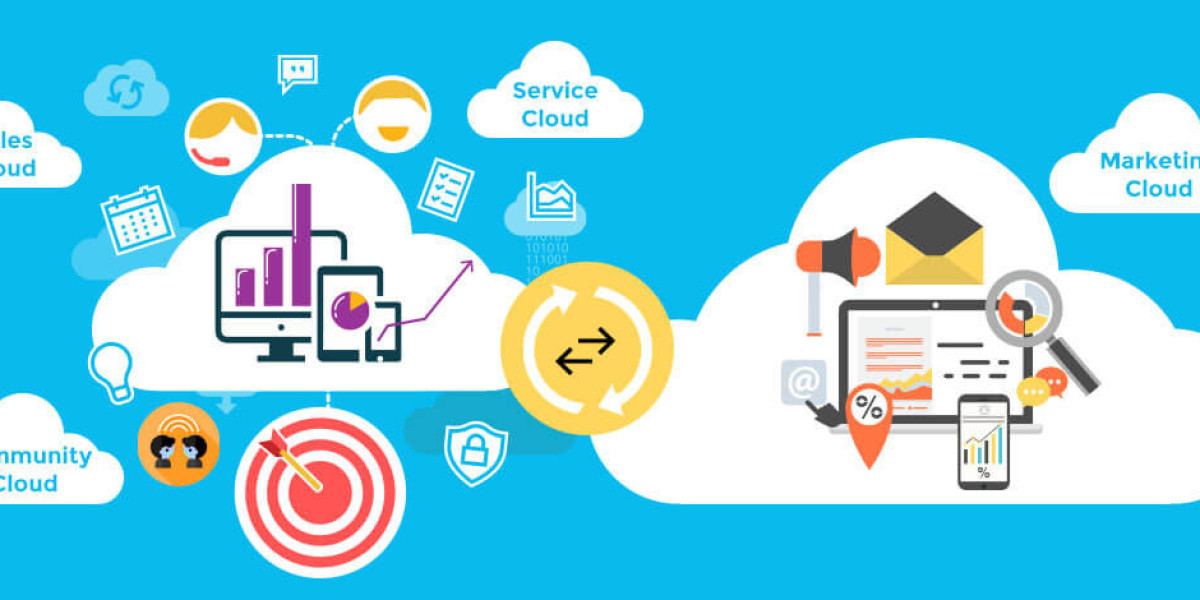The global Marketing Cloud Platform Market Market is a fiercely contested and highly dynamic space, dominated by a handful of technology behemoths that have invested billions to assemble comprehensive, end-to-end solutions. Industry giants like Salesforce, Adobe, Oracle, and SAP have established formidable positions, primarily through aggressive acquisition strategies. They have systematically purchased best-in-class point solutions for email, analytics, advertising, and data management and have integrated them into their broader cloud ecosystems. For example, Salesforce Marketing Cloud is built upon acquisitions like ExactTarget and Pardot, while Adobe Experience Cloud is powered by its purchases of companies like Omniture and Marketo. This strategy has allowed them to offer a powerful "all-in-one" suite proposition to large enterprises that are seeking a single vendor to manage their entire customer experience technology stack. These major players compete not just on features, but on the strength of their underlying data platforms, their integration with other business clouds (like CRM and Commerce), their vast partner ecosystems, and their ability to serve the complex needs of global corporations across multiple industries, making the barrier to entry for new, large-scale competitors incredibly high.
While the market leaders command the largest share, the competitive landscape is far from monolithic. There is a vibrant and growing ecosystem of specialized, best-of-breed vendors that choose to focus on doing one thing exceptionally well. Companies like Mailchimp (now part of Intuit) in email marketing, HubSpot in inbound marketing for SMBs, and numerous standalone Customer Data Platforms (CDPs) like Segment and Tealium offer deep functionality in their respective niches. This creates a fundamental strategic choice for businesses: adopt a single, integrated suite from a major vendor, or pursue a more flexible, "composable" architecture by stitching together best-of-breed tools. The suite approach offers the benefit of seamless integration and a single point of contact, but can sometimes lack the depth of a specialized tool and may lead to vendor lock-in. The composable approach provides greater flexibility and allows a company to pick the best tool for each specific job, but it requires more internal resources and technical expertise to integrate and maintain the various systems. This ongoing debate between the suite and composable models is a defining characteristic of the market's competitive dynamics.
The battleground for market share is increasingly shifting towards data management and artificial intelligence. The ability to unify customer data from disparate sources into a coherent and actionable profile is the most critical challenge for modern marketers. This has led to the rise of the Customer Data Platform (CDP) as the new centerpiece of the marketing technology stack. In response, the major marketing cloud vendors are heavily investing in their own native CDP capabilities to ensure their platforms can serve as the central source of customer intelligence. Furthermore, AI and machine learning are becoming key differentiators. Vendors are embedding AI into every aspect of their platforms, from predictive audience segmentation and personalized content recommendations to automated journey optimization and attribution modeling. The provider that can deliver the most intelligent, automated, and insightful platform will have a significant competitive advantage. The future of competition in this market will be determined not just by the breadth of features, but by the depth of a platform's data and AI capabilities.








